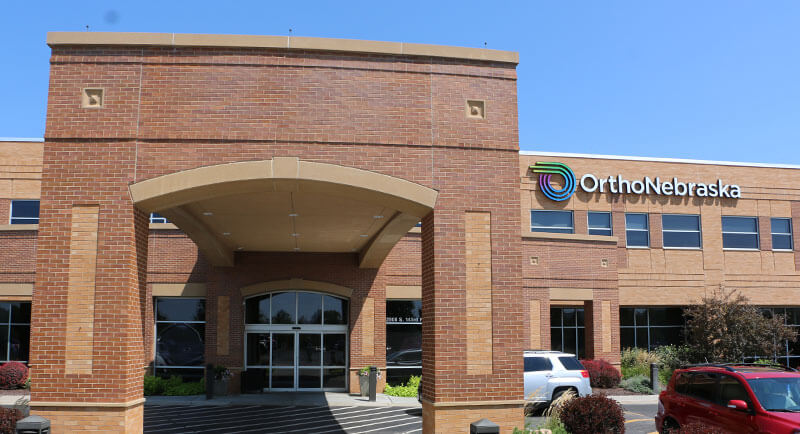What is Wrist Repair?
The surgeon will determine the best method to fix a wrist injury. Whenever possible, surgery is done with an endoscope to leave a smaller incision and minimize damage to surrounding tissue, resulting in a quicker recovery. Wrist injuries are often complex and consist of fracture repair, tendon and ligament repairs, fusions, stabilizing metal implants or even joint reconstruction.
Who should have a Wrist Repair?
Depending on the severity of your injury, exact diagnosis and how it affects your day-to-day life, nonsurgical treatments may be tried first, including:
- Heat and ice
- Anti-inflammatory medication
- Splint, brace or cast
- Exercise
- Hand therapy rehabilitation
- Steroid injections
Severe injuries that won’t heal properly on their own or ones that don’t respond to these treatments become possibilities for surgery.
Does Wrist Repair Work?
Because of the wide array of factors and the complex anatomy of the wrist and hand, this surgery is considered a bit more art than science. It’s especially important to have a fellowship-trained hand surgeon, orthopaedic nurses and hand therapists to help someone best recover from a complex wrist injury.
What can I expect when I have a Wrist Repair?
After you schedule surgery, you may need a pre-surgical physical to make any necessary accommodations based on your health history. When you arrive at the hospital, you’ll speak to your surgeon and anesthesiologist. The type of anesthesia will depend on the exact technique your surgeon discusses with you. In nearly all cases, you will go home the same day as surgery.
Someone will need to drive you home. You may become fairly independent quickly, as long as your other hand is functional. You will probably not drive for a few days to a week, or as long as you require pain medication. In almost all cases, your recovery will be monitored closely by your physician and hand therapist to make sure your grip strength and other functions are restored as well as they can be.









